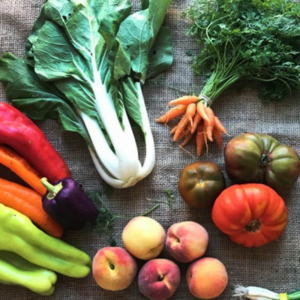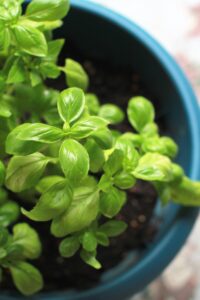
Nourishing Your Body For Health
Nourishing your body for health prevention, is important as the weather is changing, and we begin to have drier skin, stuffy noses,
Lately, I have had patients come into my office with severe digestive problems. With many of them, we decided to do GI Map (stool) testing but some, it didn’t seem necessary. Despite lab results or not, fiber is something I speak to all of them about. The average person eats about 10 to 15 grams a fiber a day and that is just not enough, we need at least 30 grams of fiber a day.
So yes, the word fiber might make many people cringe, but our bodies need it for so many reasons. And it’s not too hard to get enough fiber IF you are eating whole, colorful foods daily. Let’s step back a bit.
It began in the 1970s when Dr. Denis Burkitt and his colleagues hypothesized that fiber-rich foods would prevent many diseases. Their results came from their work in Africa, where people ate this way of eating, less processed foods and didn’t have the diseases that Westerners presented with ( high blood pressure, obesity, heart attacks). It is unclear on exactly how fiber helps in prevention, but Burkitt did note fiber’s positive influence on bowel movements (more bowel movements) and how that related to many diseases; people who had more bowel movements were less likely in the hospital with an illness.

The take-home: eating more fiber-rich, colorful whole foods grabs the stuff the body doesn’t (or that could contribute to disease) and eliminates it through the bowels.
My take-home: eating this way not only gives you much-needed fiber but also an array of beneficial nutrients.
Many people ask, “How much fiber do I need?”This is a good question but I tend to suggest for people to concentrate on eating more fiber and not worry about the number. The easiest way to do this – which kids completely understand and love – is adding color to every meal you eat.
(okay, but if you are a number person: 30 grams for women and 35 for men is a great goal)
Breakfast: This is my big tip: eat veggies at breakfast!! … in a smoothie, or an omelet or make a salad that you can add berries, seeds and nuts to. Many people don’t like hearing this but once they begin implementing it, they realize it’s not so hard and encourages them to eat more veggies throughout the day.
Lunch: In your sandwich, add lettuce or any greens, tomato, red peppers, hummus, sprouts, sliced apple or pear.
Dinner: Mix your greens: broccoli with cashews or pine nuts with sautéed kale. In your salads, add flax, sesame and/or sunflower seeds, or beans, like garbanzo beans.
Snacks: Bean dip with whole-grain crackers, make a smoothie.
Embrace eating more whole colorful foods in your diet and be healthier!
xx
dr. heather

Nourishing your body for health prevention, is important as the weather is changing, and we begin to have drier skin, stuffy noses,

Aromatherapy can be one of the most powerful ways to change your mood and well-being. Finding an essential oil you respond to

Learning all about basil through an entertaining short story about the herb’s history, how to grow, and the best ways to cook
You have successfully joined our subscriber list.
